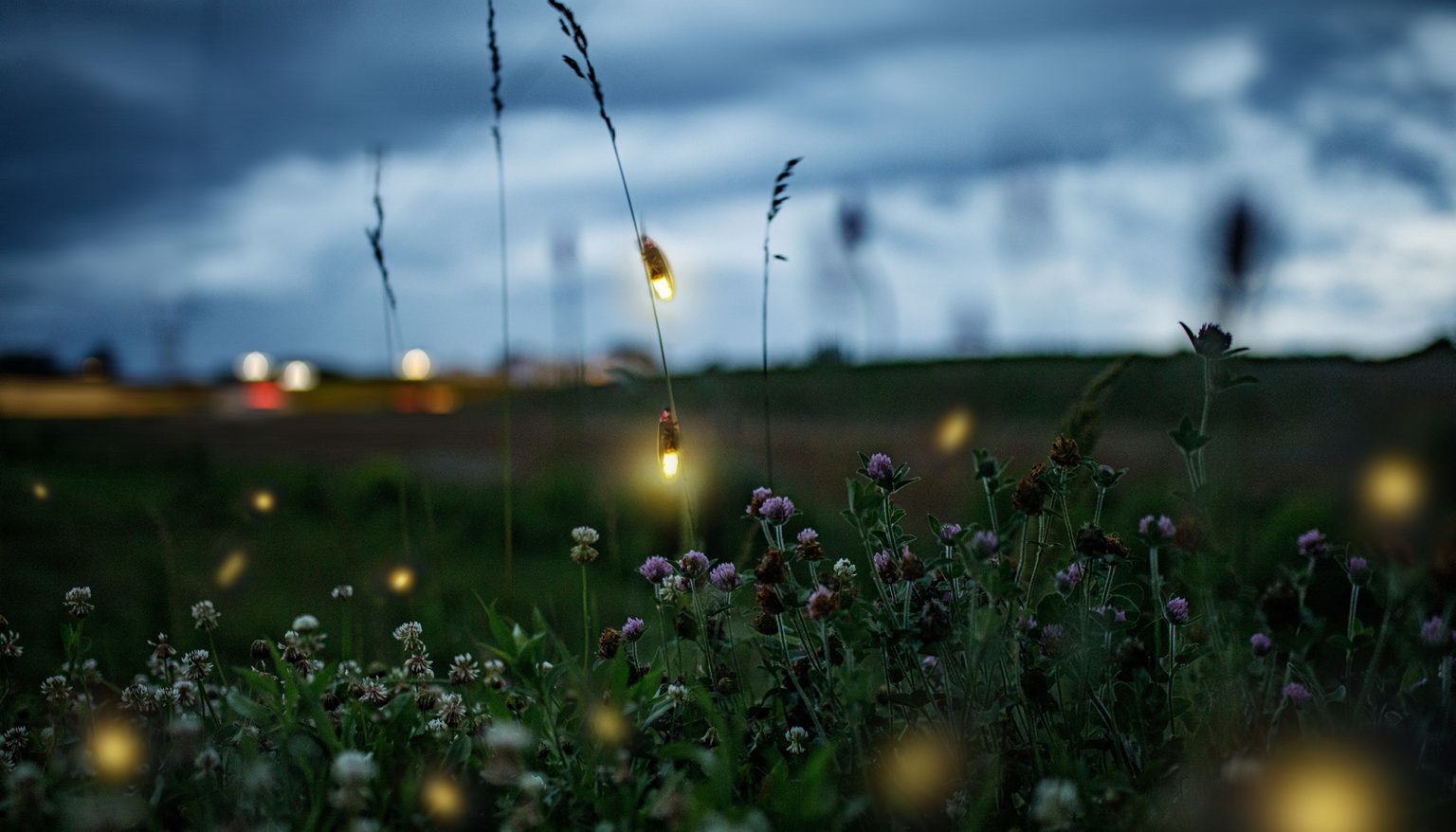Fireflies Are Disappearing Due To Urban Development And Light Pollution

One of the biggest signs that we’ve entered the summer season is the presence of fireflies. Their soft, yellow light just adds a touch of magic to warm summer evenings.
For me and many other people, running after the glowing insects and trying to catch them in a jar will always be a cherished childhood memory.
Have you noticed a lack of fireflies lighting up your backyard this summer? If so, you’re not alone. Over the years, fireflies have been experiencing a population decline.
Most researchers blame light pollution and urban development as the primary contributors to the decrease in numbers.
“Fireflies can be seen, depending on location, starting in late April through October, but they are most active in late May and early June,” said Eric Day, an entomologist at Virginia Tech.
“Where you see them all depends on location. Old hay fields near creeks will have normal populations, but highly manicured lawns rarely have fireflies.”
Most species of fireflies thrive in temperate weather with warm, wet summers and cold winters. They start out as larvae living on the edges of ponds and streams in rotting wood and forest debris.
As they grow, they tend to stick around the area where they were born. They like to inhabit forests, fields, and marshes.
It is estimated that there are more than 270 species of fireflies in North America and over 2,400 species worldwide.
Lindsey – stock.adobe.com – illustrative purposes only
Sign up for Chip Chick’s newsletter and get stories like this delivered to your inbox.
However, rising temperatures, changes in precipitation, human traffic and urban development are all negatively impacting fireflies.
Throughout America and the rest of the world, open fields are being paved over, forests are being chopped down, and waterways are becoming busier than ever. This loss of habitat is causing firefly numbers to dwindle.
Additionally, the use of pesticides destroys firefly habitat and natural prey. Arguably, the biggest factor in the disappearance of fireflies is light pollution.
Male and female fireflies use their blinking lights to communicate, whether it’s for attracting mates, defending their territory or warning off predators. If you observe them for long enough, you will be able to pick up on their flash pattern.
Human light pollution can disrupt these flash patterns. According to scientists, synchronous fireflies get out of sync for a few minutes after a car’s headlights pass by.
Light from cars, houses, stores, and street lamps can all prevent fireflies from properly communicating with each other, resulting in fewer firefly larvae.
Some experts say that while fireflies are threatened, they are not going extinct, although 18 species are at risk of extinction in the United States. So, what can we do to protect fireflies?
To keep fireflies around, it is recommended that homeowners stop spraying their yards with pesticides, mow their lawns less and let weeds grow.
“The presence of fireflies indicates a diverse habitat, and doing these things is essential to ensuring future generations can enjoy the natural wonder of skies lit up by them,” said Day.
Welcome to Billionaire Club Co LLC, your gateway to a brand-new social media experience! Sign up today and dive into over 10,000 fresh daily articles and videos curated just for your enjoyment. Enjoy the ad free experience, unlimited content interactions, and get that coveted blue check verification—all for just $1 a month!
Account Frozen
Your account is frozen. You can still view content but cannot interact with it.
Please go to your settings to update your account status.
Open Profile Settings